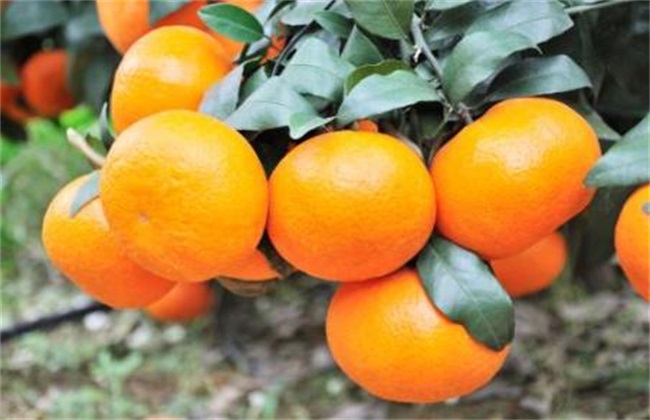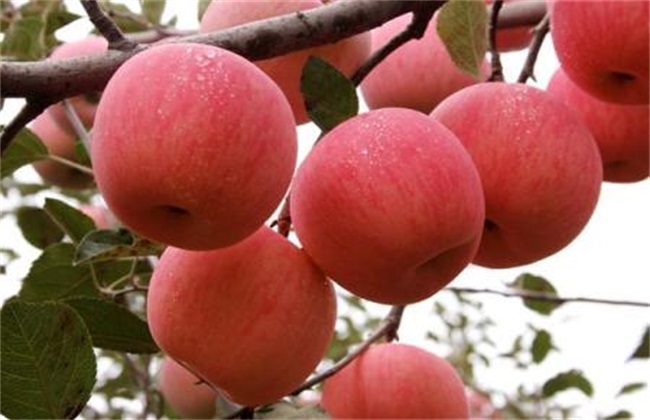Physiological characteristics of watermelon
Watermelon is a kind of fruit that everyone likes to eat very much, which is rich in nutrients, so its nutritional value is also very high. And now the planting area of watermelon in our country is also very large, basically planted in all parts of our country. When planting watermelons, we must first understand the physiological characteristics of watermelons in order to better grow watermelons and improve the yield and quality of watermelons. So what are the physiological characteristics of watermelon? The following editor will give you a brief introduction, let's have a look!

1. Characteristics of the root
The root distribution of watermelon is relatively deep and extensive. Therefore, the growth and absorption capacity of watermelon root is relatively strong, can make full use of soil nutrients and water, and has a strong drought tolerance. The main root of watermelon can be about 0.8m deep, and about 5 primary roots will be formed when the main root is close to the surface of the soil layer about 20cm. Then it will grow horizontally within 3 meters in diameter, and then gradually form secondary and tertiary roots, which will become the main group of watermelon plants. Following the group is mainly concentrated in the ploughing layer of about 35 cm, the watermelon root occurs relatively early, but it is relatively delicate and easy to be injured, if injured, it is easy to cork, and the new root is drawn slowly. in addition, the root also needs a lot of oxygen.
2. Stem and vine characteristics
Watermelon stem vines include hypocotyls and cotyledon nodes, mainly leathery and vine. Watermelon vine in the early growth, its internodes are relatively short, seedlings are generally upright, in the growth of about 5 nodes began to grow, until the fruit-setting period when the length is about 20 cm. The branching ability of melon vine is also relatively strong, half of which can form about 5 grade lateral branches according to the variety and plant growth, thus forming a huge nutrition system. After entering the spreading stage, the branches will form lateral branches on the main vine, and their growth will be different depending on the location of the plant.
3. Leaf characteristics.
Watermelon cotyledons are generally oval-shaped, in the emergence of seedlings, if the temperature is high and sufficient water, then the leaves are very thick. The growth and maintenance time of cotyledons are important criteria to judge the quality of seedlings. The true leaf of watermelon is usually single leaf, divided into petiole and leaf body, deeply engraved, palmately lobed leaf. The shape of the leaf also varies depending on where it is planted. On the other hand, size and growth ability are related to pruning technology. if it is allowed to grow freely, then the leaf shape is smaller, the leaf is thinner and lighter in color, on the contrary, this phenomenon can be alleviated after proper pruning.
4. Flower and fruit characteristics
The flowers of watermelons are unisexual and monoecious, and some stamens of female flowers develop into stamens, thus becoming female bisexual flowers. The time of flower bud differentiation of watermelon is relatively early, when the two cotyledons are fully developed, the first male flower bud will begin to differentiate. Then when the second true leaf unfolds, the first male flower differentiates, which is the time to determine the sex of the flower. The fruit of watermelon is formed through ovary, while the bottle fruit is formed by pericarp, endocarp and placenta with seeds. The pericarp of watermelon fruit is very compact, mainly developed through the ovary wall, and its structure is more complex.
The above is a brief introduction to the physiological characteristics of watermelon. That's all for today's introduction. This article is for reference only. I hope it can help you all.
Related
- Moge, come on! The staff of the peasant association in the producing area of cantaloupe were frightened when the crowd gathered.
- Causes and Solutions of low Fruit setting rate of Apple
- Symptoms and control measures of passion fruit virus disease
- Fruit growing lesson: how do apple orchards keep high yields?
- Can you build orchards in the mountains? What are the pros and cons?
- How to manage the coloring period of Crisson grape?
- This paper introduces the processing technology of two kinds of fig products.
- How much is a month for retired teachers in rural areas by 2020?
- How can strawberry planting increase sugar content? We should pay attention to management in many aspects.
- What are the cultivation techniques on how to improve the yield of golden fruit?



